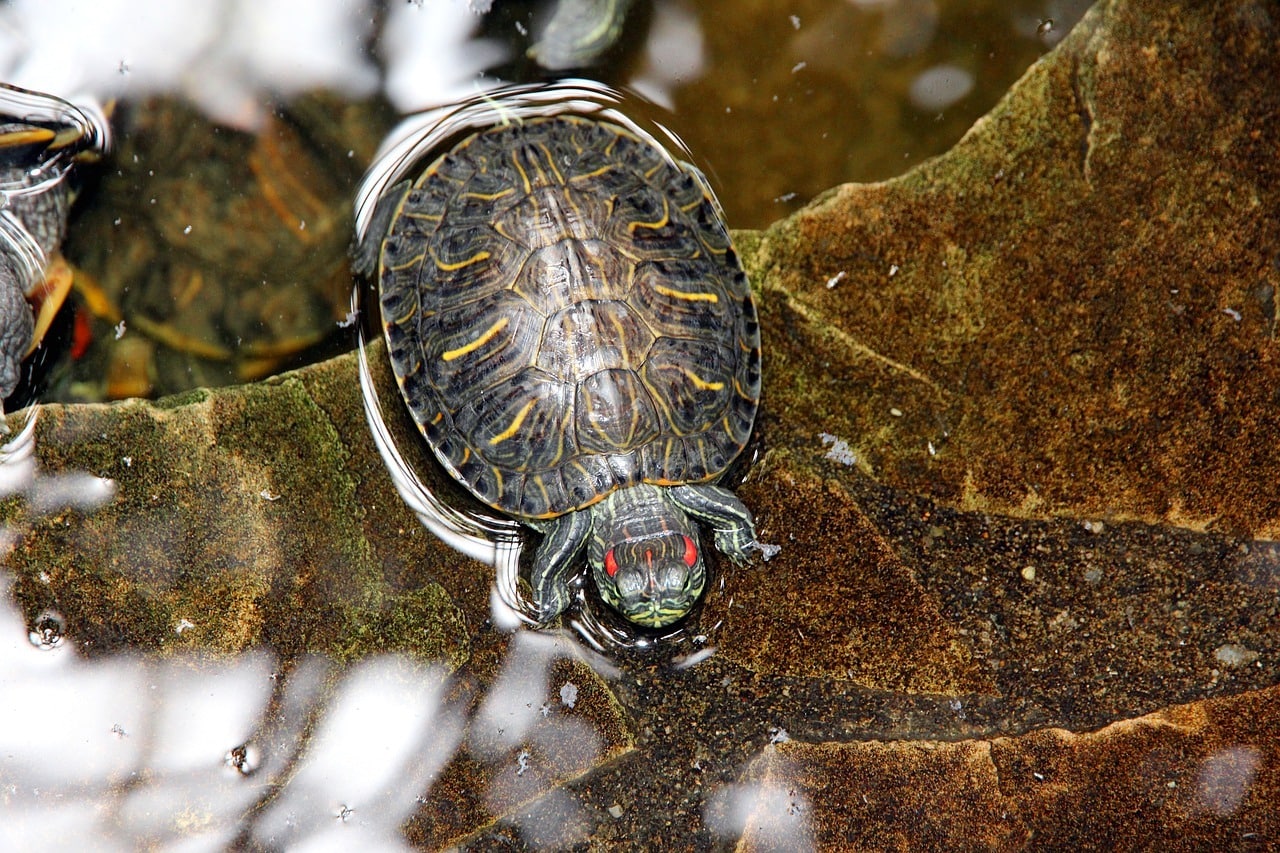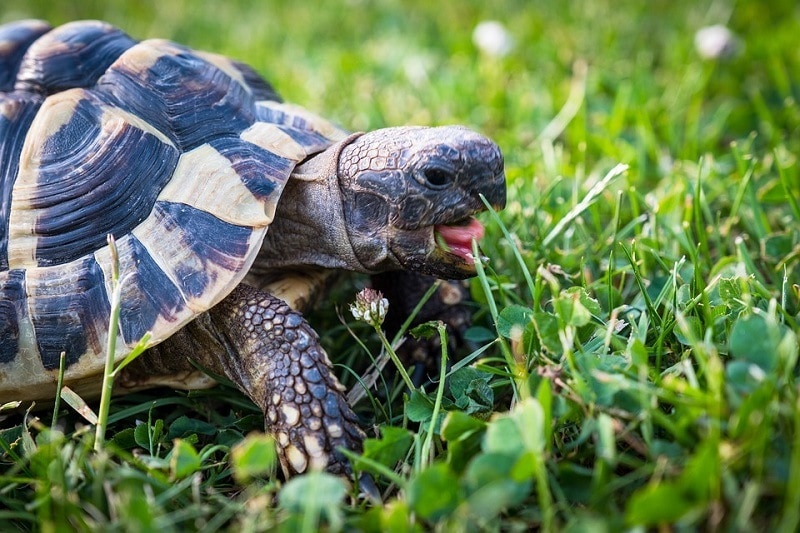
Click to Skip Ahead
Are you thinking about adopting a Greek Tortoise as a pet? If so, you’ll need to know as much about their needs and habits as possible to care for them correctly and provide your Greek tortoise with a good home. To help you do that, we’ve put together facts about how to care for Greek Tortoises, including how to set up their tank, what to feed them, and more. Read on to become a Greek tortoise expert!
| Size: | Medium |
| Weight: | Up to 3 lbs |
| Lifespan: | Up to 125 years |
| Suitable for: | All levels, great for beginners |
| Temperament: | Docile, laid-back |
The gentle Greek Tortoise is a common breed that’s relatively easy to care for. They can live up to 125 years and average 50+ years in captivity. In other words, when you adopt one of these fascinating reptiles, you must be prepared to care for them for a long time.
However, that time will be well spent as Greek tortoises become quite affable the longer they are with one owner. Many have been known to approach their owners looking for attention and food once a bond of trust has been formed. It’s also important to note that the Greek tortoise isn’t fond of being handled, so only do so when necessary.
Greek Tortoise Characteristics
How Much Do These Tortoises Cost?
One factor affecting the cost of adopting a Greek tortoise is that they’re rare in the United States. There are several subspecies of Greek tortoises, and many who sell them don’t know the differences between them.
From our research, we found prices ranging from $250 to over $500. Adopting your Greek tortoise from a reputable breeder or pet supplier is essential. That way, you’ll get the tortoise you want, and it will have a higher chance of being healthy and living a long life. Buying a Greek tortoise bred in captivity is also recommended since those taken from the wild have an increased incidence of parasites.
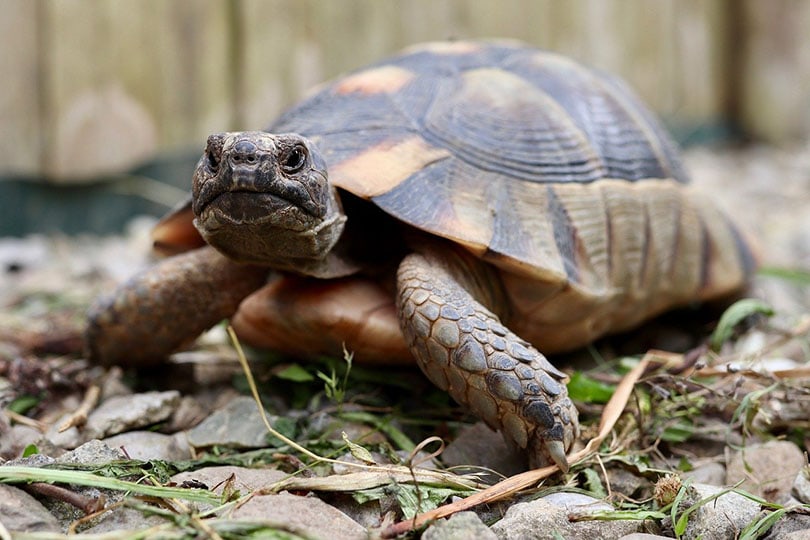
Greek Tortoise Behavior
Although they are docile and relatively friendly, the Greek tortoise does not like being picked up and handled. Handling them can cause your tortoise quite a bit of stress. They will, however, approach you for attention and food once your Greek tortoise gets to know you and feels safe in your presence.
The Greek tortoise loves to climb, and adding a small climbing platform to their enclosure will allow them to exercise. The climbing area should not be too steep to prevent your tortoise from falling off.
Do Greek Tortoises Make Good Pets?
Greek tortoises make excellent pets, especially for beginners. They’re fairly easy to care for and tame and aren’t aggressive. A Greek tortoise would make a fantastic first pet for a child, but they must be mature enough to take care of them correctly. The Greek tortoise is also a good choice for seniors and those with ample yard space.
Greek Tortoise Tank Mates
The best tank mate for a Greek turtle is another Greek turtle of the same sex. However, male pairs can be aggressive toward one another. Two female Greek Tortoises are a better choice as they usually get along just fine. Some breeders warn against putting another animal in the same enclosure as a Greek tortoise since one will almost always dominate the other. Also, if you house them together, you should increase their enclosure space by at least 50%.
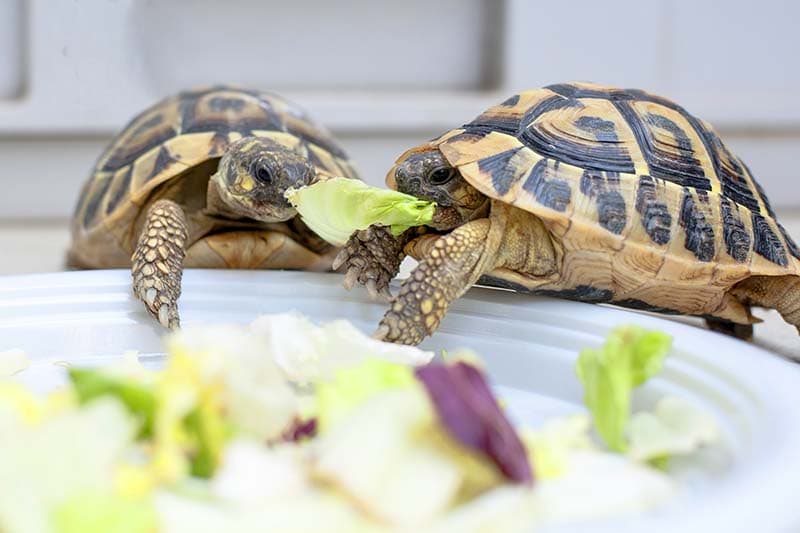
Care Sheet & Habitat Setup:
Light Requirements
Like all turtle species, the Greek tortoise converts the sun’s UV rays to Vitamin D, so proper lighting is necessary. If you house your Greek tortoise outside, you might not need a light as long as they get plenty of regular sunshine. Indoors, however, a light that uses a mercury vapor light bulb is recommended since they produce UVA and UVB rays, both of which your Greek tortoise needs to stay healthy.
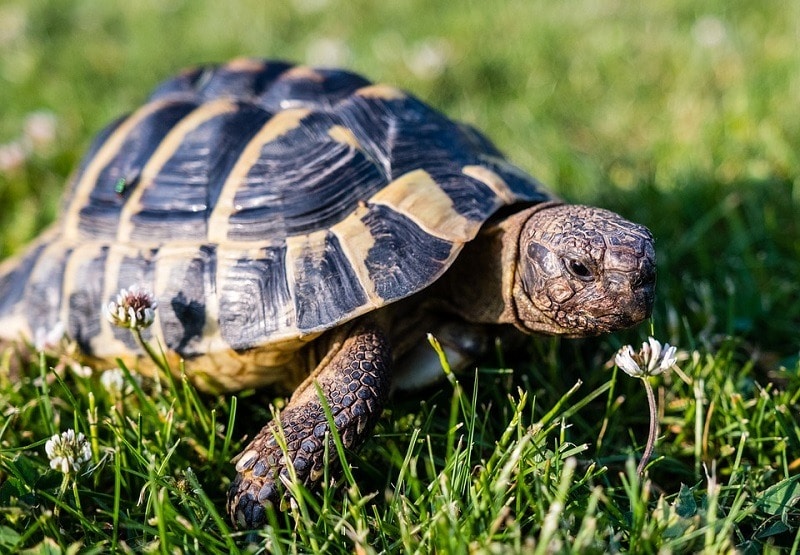
Tank / Enclosure Size
Experts recommend a minimum of 12 square feet of floor or yard space for a Greek tortoise and stress that the more space you give them, the better. They are relatively active animals that will walk around and explore their enclosure throughout the day.
If you keep your tortoise outside, the enclosure should be placed at least 8 inches deep into the ground to prevent them from burrowing out. Also, the walls should be at least 2 feet high since they climb.
Water Temperature
Like all species of tortoise, Greek tortoises do not swim and thus don’t need a pool of water to swim in. However, a shallow container with about an inch of water is needed so that your tortoise can drink and bathe.
Plants
Some of the best plants to have in your Greek tortoise’s pen include clover, parsley, dandelions, and wild strawberries. If you keep your pet outside, letting them grow wild will be perfect, but never spray them with herbicides or pesticides.
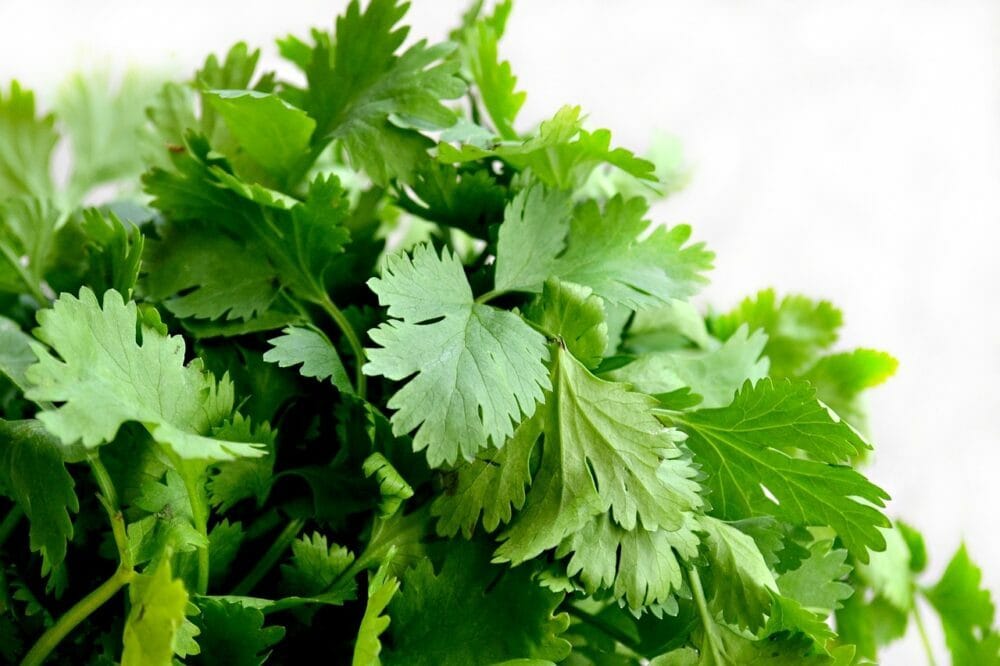
Substrate
Cypress mulch is the type of substrate most recommended for a Greek tortoise because it allows your pet to dig into the substrate and burrow down, something they like and need to do. You can also use aspen shavings but be sure your tortoise is well-hydrated if you do since they can cause a lot of dust.
You must avoid using pine and cedar wood shavings since they are highly toxic and can pose a grave danger to your tortoise. Lastly, ensure that whatever substrate you use is about 3 inches deep, giving your pet plenty of room to dig and burrow.
Filtration
Since Greek tortoises don’t swim (they’re not aquatic like turtles) and don’t need a swimming area, there’s no real need for a filtration system. Cleaning out the shallow pan you use for water should be done frequently.
Things to Know When Owning a Greek Tortoise:
Food & Diet Requirements
Since Greek tortoises are herbivores, they must be fed a diet that’s 100% plant-based. Most of their diet should include dark leafy greens, but you can also supplement it with turtle pellets. You may also need to give your tortoise vitamin supplements, especially calcium, which comes in powdered form.

Size & Growth Chart
When they hatch, the Greek tortoise is, on average, slightly less than an inch long. What’s fascinating is that, unlike most animals, a tortoise can grow faster or slower depending on factors like its environment, food supply, and several others.
By the time they reach adulthood, most Greek tortoises will be between 5 and 8 inches long, but there have been reports of them growing to almost 11 inches.
Lifespan and Health Conditions
The Greek tortoise, if cared for properly, can live up to 125 years! They suffer from very few congenital issues and are rather healthy overall. However, Greek tortoises can suffer from several health issues common to their reptile cousins, including metabolic bone disease (MBD). It occurs when they don’t get enough calcium or a poor ratio of calcium to phosphorous in their diet and their shells become weakened and soft. A lack of sunshine and Vitamin D can also cause MBD.
Male vs Female
Male Greek tortoises are typically about 5% larger than females. Besides that, there is very little difference between the two sexes. However, males can be slightly more aggressive than females.
3 Little-Known Facts About Greek Tortoises
1. They Are Also Called the Spur-Thighed Tortoise.
That’s due to the cone-shaped tubercle they have on each of their thighs.
2. Greek Tortoises Are One of the Most Long-Lived of All Tortoise Species.
If you adopt one, be prepared to take care of it for a very long time!
3. The Greek Tortoise Can Feel Pain and Pressure Through Their Shell.
Both the top (aka carapace) and bottom (aka plastron) of their shell have nerve endings that allow them to feel even a slight touch or scratch.
Final Thoughts
If you’re considering a tortoise as a pet, the Greek Tortoise is a fantastic choice. They’re not too big and are quite docile, so there’s little worry about getting bitten or attacked. They do, however, need a large space to roam, explore and climb, which makes it difficult to keep a Greek tortoise in an apartment. Since they can live up to 125 years, healthy Greek tortoises can have several owners in their lifetimes.
Featured Image Credit: EM80, Pixabay




